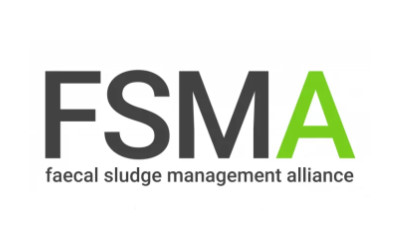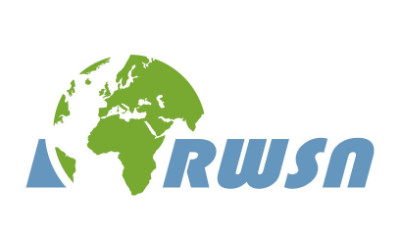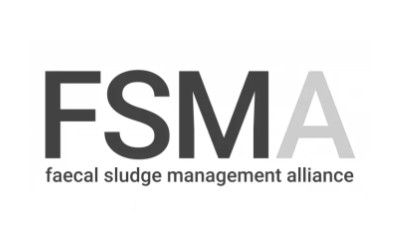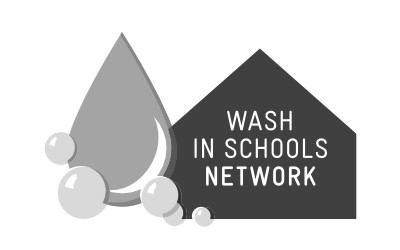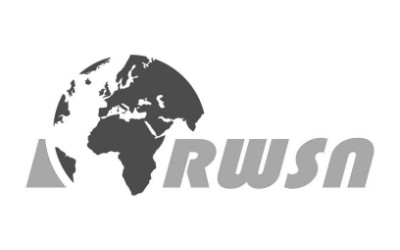Wave generation in subsurface aeration system and self-powered mixer, power reclamation system: New era in wastewater treatment
2012 - 2015 • German Jordanian University, School of Natural Resources and Management
Purpose
To increase the Standard Oxygen Transfer Efficiency (SOTE) in aeration tank without increasing the power required to pump air into aeration tanks
Activities
First era in wastewater aeration process was before energy crises in 1970’s. The energy cost was not an issue back then, aeration process was depending mainly on coarse bubble aeration, large air compressors and low complexity and maintenance system. Second Era in wastewater treatment was after the 1970’s, were fine bubble was introduced as a method improving aeration efficiency. Fine bubble aeration system is still the most used system all over the world, it is simple with relatively low maintenance low cost system that does not depend on controllers or electronics devices as it was very expensive at the time this system was invented.
Third era in wastewater aeration process is proposed now to implement new technique and technology to improve wastewater treatment. First method is to generate wave in Subsurface Aeration System, this was achieved by a new innovative air injection method is proposed to improve OTE in the aeration basin without extra power depletion. The suggested method is simply to inject air alternatingly from two adjacent diffusers into the aeration system. It was found that this method improves the oxygen transfer efficiency. This improvement could be attributed to water agitation caused by transient condition operation. Timing separation between two injections is a very important aspect of the proposed system. The optimum separation time was found by varying the timing of these injections. The highest oxygen transfer efficiency was obtained at a separation time of 1.5 seconds and a volumetric flow rate of 42 LPM with a 57.1% of enhancement in comparison to the steady state traditional aeration system.
Second method proposed is to improve mixing in water aeration tanks using innovative self-powered mixer and power reclamation from aeration tank to increase the Standard Oxygen Transfer Efficiency (SOTE) in aeration tank without increasing the power required. A mixer and turbine blades were added to the regular fine bubble aeration diffuser. The turbine blade extracts power from the moving water current and transfers this power to the mixer at the top of the diffuser. A support structure was mounted above the air to connect the turbine blade and the mixer on one shaft. Results showed that the mixer powered by the turbine blade extracted power induce less oxygenated water into the core of the bubble column without using additional energy. Thus, this system can lead to a more efficient distribution of oxygen within the water tank. Furthermore, it was found that the turbine blade captured more energy than needed by the mixer, the excess energy was collected using electrical generator. Results showed that self-powered mixer increase the SOTE up to 25%. At the same time 11% power used in air pumping can be reclaimed using the electrical generator at high flow rates.
Using both methods proposed in the third era of wastewater treatment are expected to change wastewater treatment technology, the new proposed system are more efficient.
Images
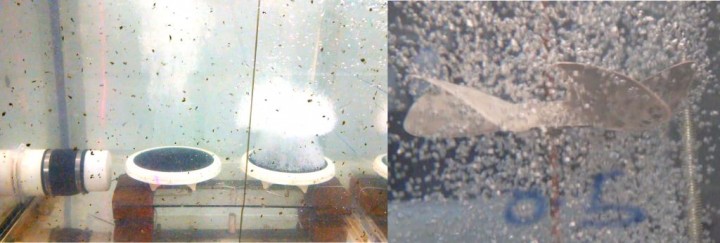
Image: Self-Powered Mixer, Taken By Authors
Countries of activity
Location of main activity
Objectives
The primary objective of the present project is to increase the Standard Oxygen Transfer Efficiency (SOTE) in aeration tank without increasing the power required to pump air into aeration tanks. To achieve that two methods had been implemented, Wave Generation in Subsurface Aeration System and Self-Powered Mixer, Power Reclamation system. The Wave generation method is simply to inject air alternatingly from two adjacent diffusers into the aeration system. It was found that this method improve the oxygen transfer efficiency. This improvement could be attributed to water agitation caused by transient condition operation. The highest oxygen transfer efficiency was obtained at a separation time of 1.5 seconds and a volumetric flow rate of 42 LPM with a 57.1% of enhancement in comparison to the steady state traditional aeration system.
Further information
The self powered mixer consist of a mixer and turbine blades added to the regular fine bubble aeration diffuser. The turbine blade extracts power from the moving water current and transfers this power to the mixer at the top of the diffuser. Results showed that the mixer powered by the turbine blade system lead to a more efficient distribution of oxygen within the water tank. Furthermore, some excess energy was collected using electrical generator. Results showed that self-powered mixer increase the SOTE up to 25%. At the same time 11% power used in air, pumping can be reclaimed using the electrical generator at high flow rates.
Both system presented above represent the third era in wastewater aeration process for wastewater treatment systems.
Contact information
Ammar A.T.
Login to see the e-mail-adress of the contact person.
Ryo Amano
Login to see the e-mail-adress of the contact person.
Filter tags
Global Middle East & North Africa Other funding source or unspecified Product design and engineering Treatment of wastewater or greywater University, education or research institution
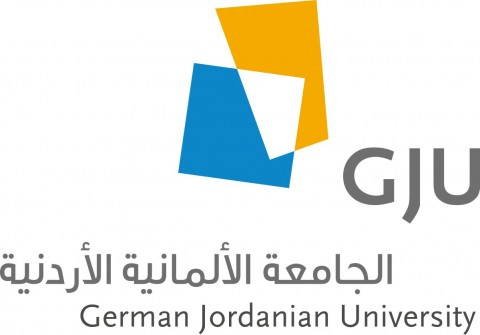
Uploaded by:
SuSanA Admin (susanaadmin)







